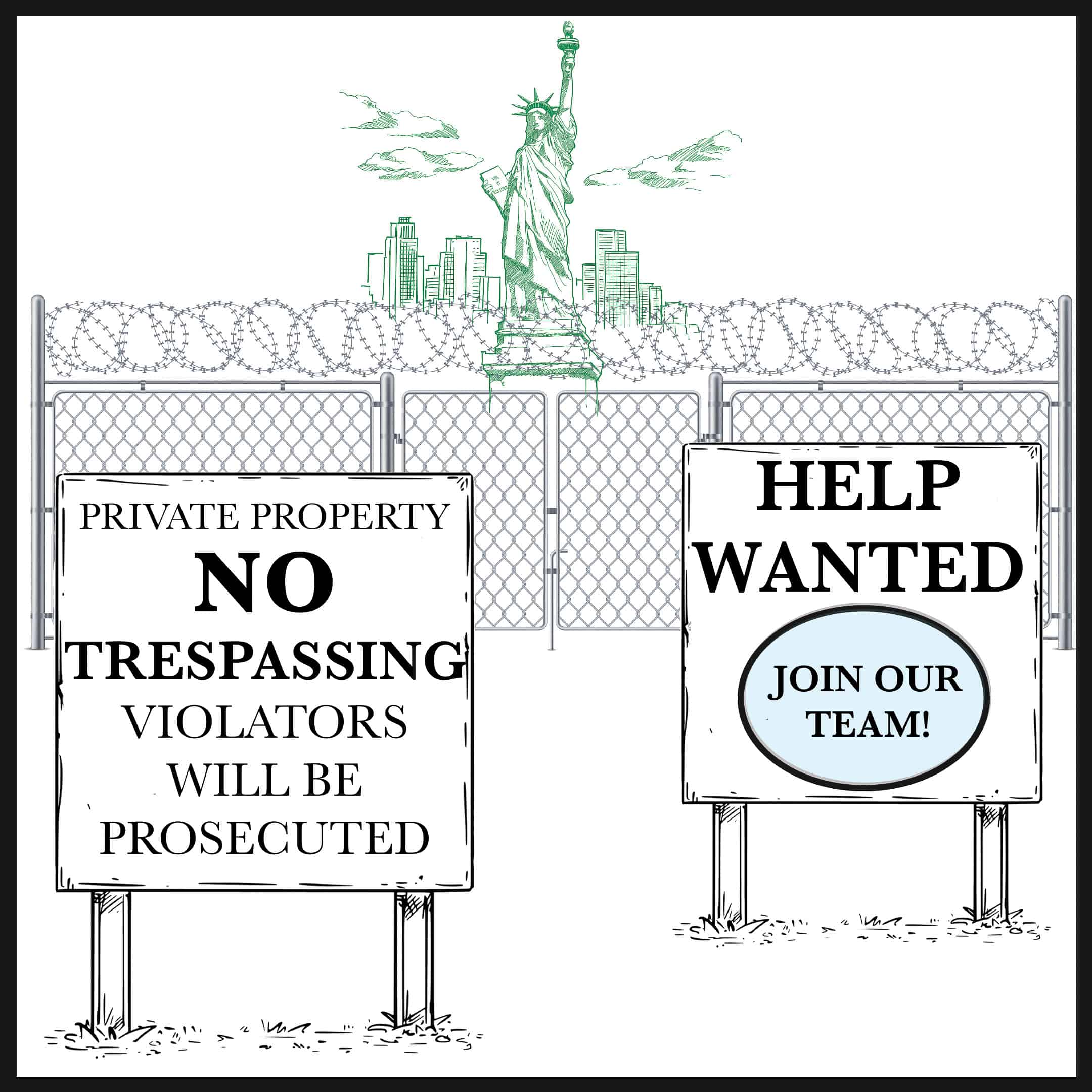Witness America’s version of Ethnic Cleansing and Economic Genocide: the U.S. Prison System. How our ‘Tough on Crime’ Groupthink led to the mass incarceration crime of the century.
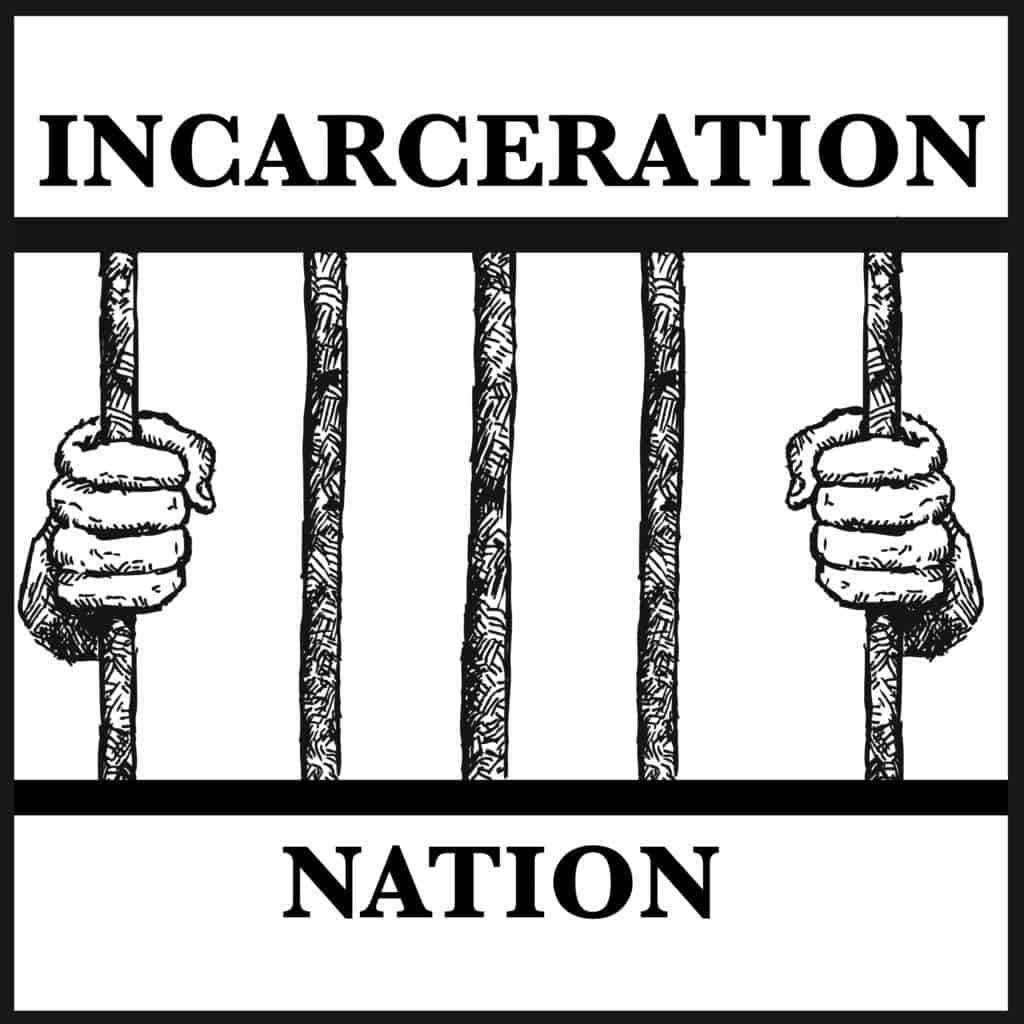
By Robert Simmons
The growth in incarceration rates in the United States over the past 40 years is historically unprecedented and internationally unique.
National Research Council
Table of contents
- The Inequality Component | Rise Of Mass Incarceration For African Americans
- The Addiction Component
- The Mental Health Component
- The Immigration Component
- The Private Prison Component
- Who’s Behind Bars: Incarceration by the Numbers
- The Third Option Solution | Criminal Justice Reform
- Frequently Asked Questions
- Suggested Reading:
Poverty is not only a predictor of incarceration; it is also frequently the outcome, as a criminal record and time spent in prison destroys wealth, creates debt, and decimates job opportunities.
Prison Policy Initiative
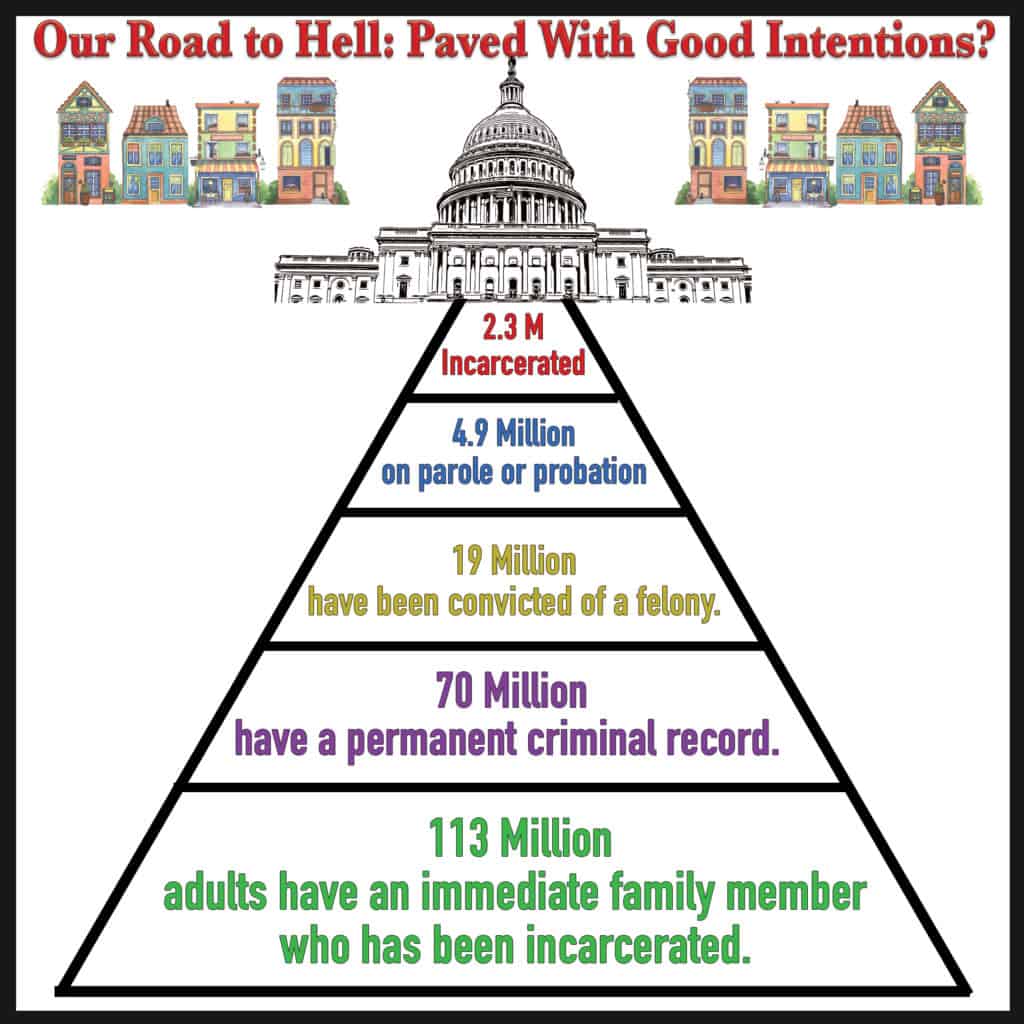
The Inequality Component | Rise Of Mass Incarceration For African Americans
Those incarcerated are invariably poor. They are disproportionately black and brown in color. They are male and under the age of 40. They are not properly educated; nor do they have much work experience. Through their suffering, they have picked up an alcohol or drug addiction along the way, or some form of mental or physical illness. Through technical violations in parole or probation, their lives are constantly unstable, making gainful employment tenuous at best.
Extraction has a price that will eventually be paid in full, one way or another. The further we pull ourselves apart, through wealth inequality, the harder it will snap back on us in the end. The civil unrest of the 1960’s led to the crime of the 70’s, which led to the harsher sentencing laws of the 80’s, and the longer sentencing laws of the 90’s. The problem exploded to the point where our own government hired the private sector to help with the overflow, who were only happy to cage immigrants and citizens if there was a profit to be made.
Extraction is where the private sector lives, and in the pursuit of profit, the private sector never pays full price; they are the masters of kicking that can (of negative externalities and debt) down the road until someone else (which always means Government, which always means We the Taxpayer) is forced to pick it up. Private prisons have ‘mandatory minimums’ as well, which represents the quota of prisoners needed to operate their business ‘in the black’. The government did not let those private prisons down. There is always someone breaking a rule somewhere.
Civil unrest has become fashionable again, mostly because it never really left. As citizens act out their frustrations, white people have determined what is criminal and what is not, from their own skewed populist / nationalist / ethnic perspective: crime is anything that is against ‘our way of life’. With ‘Homeland Security’, I.C.E., and the ever-ready National Guard, peaceful protests that conflict with ‘our way of life’ get criminalized even as real caucasian-led insurrection strikes the nation’s capitol with little resistance.
We would all greatly benefit from a psychology degree, which we could then use on ourselves. Why do we double down when we are clearly in the wrong? Why, when we take more than our share, are we surprised when those that ‘got took’ decide to fight back? And why do we continue to settle for mediocrity, each day walking by our problems, until they become two problems, and then four, eventually resulting in a knee-jerk reaction, devoid of any forethought whatsoever? Our natural inclinations (like trying to ‘Fight Fire with Fire’) always wind up manifesting the very outcomes we sought to avoid, because we never take a moment to comprehend the actual source of the Fire. The things we do to ourselves.
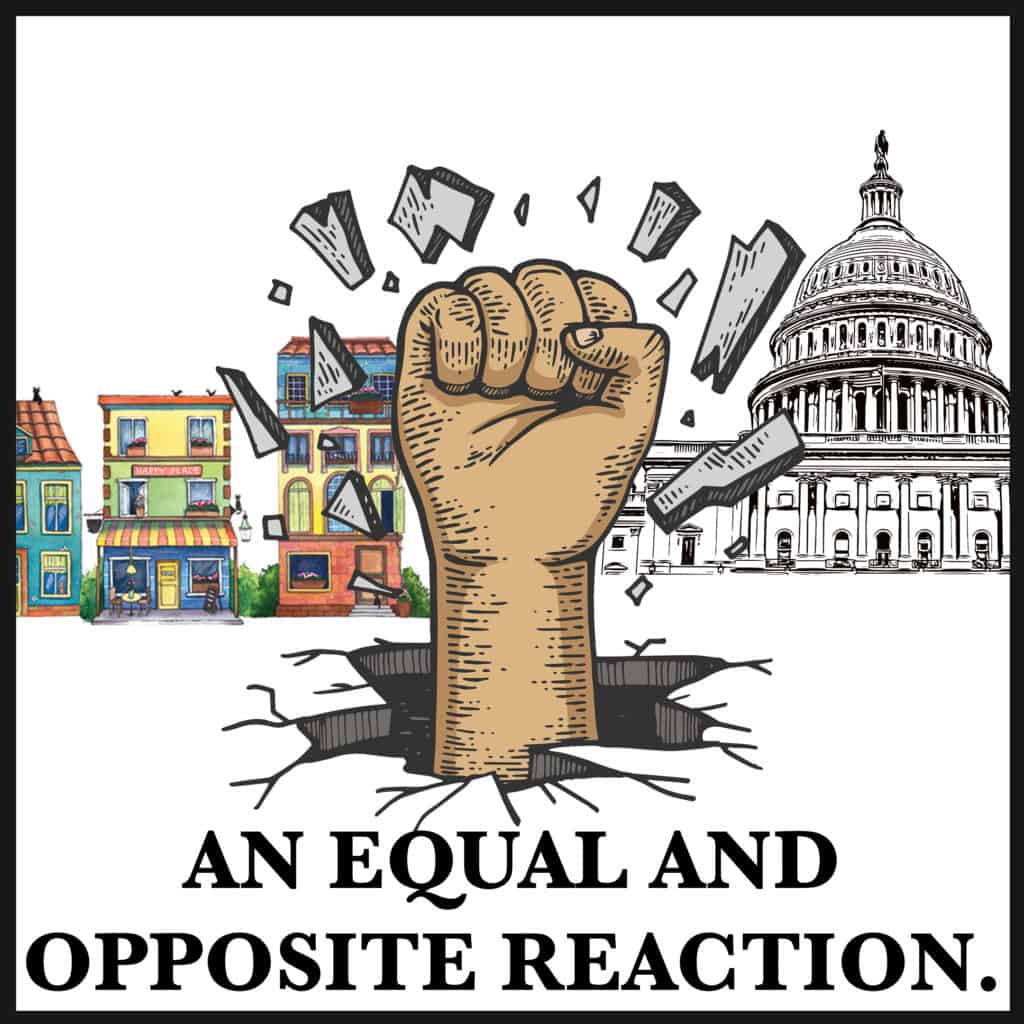
- In our current economic environment, we are more encouraged to feel a connection to things than to other people. We are always trying to win something for ourselves, and not for each other.
- We suffer most when we are alone. Those who cannot handle the suffering join a group, in order to not be alone; these groups are never formed around comforting each other, they are formed to magnify and project group suffering onto someone else. This ‘scapegoating’ is actually a form of communication – a so-called ‘cry for help’ – but to those in the path of this projected and magnified suffering, it feels more like hate, and with it retribution, for some imagined crime. Those who act out alone are criminals. Those who act out in a group are simply ‘dispensing justice’.
- Before we can change any outcomes, we have to change our underlying thought process, and with it, redefine some of our current terminology. When ‘Justice’ is finally equated with ‘Fairness’, it will become a proactive (rather than reactive) term, and allow us to disseminate ‘Justice’ first, in order to better avoid the suffering that our suffering will inevitably produce.
Police still make over 1 million drug possession arrests each year, many of which lead to prison sentences. Drug arrests continue to give residents of over-policed communities criminal records, hurting their employment prospects and increasing the likelihood of longer sentences for any future offenses.
The Prison Policy Initiative
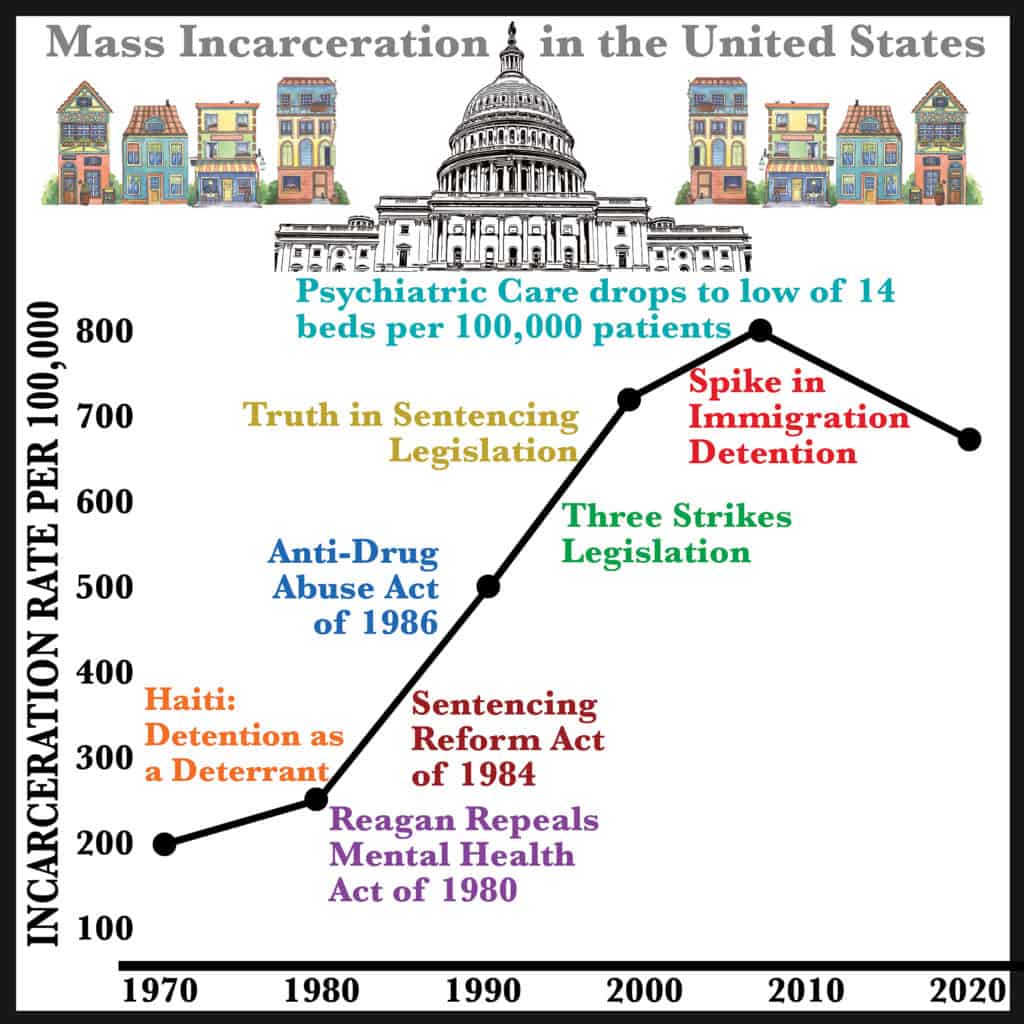
The Addiction Component
“Just say no” pretty much encapsulates the ignorance involved in shaping policy during the ‘War on Drugs’, which started back in the Nixon presidency (1969). Although Nixon, in his message to Congress (1971), mentioned the concept of rehabilitation, the true goal was shown to be incarceration. Removing Addiction is too difficult an operation for the blunt tool of political policy to perform; one cannot separate the citizen from their addiction using a crowbar. Applying more suffering to one’s suffering does not magically cause one to “just say no”.
It makes complete sense, however, that the proponents of Tough on Crime and Tough on Drugs would meet up at some point, and join forces to make “zero tolerance” a rehabilitation strategy.
Currently, 20% of prison inmates are drug offenders, and our government, according to the Drug Policy Alliance, throws $51 Billion a year at the problem, and gets nowhere. As the Prison Policy Initiative is quick to point out, however, four out of five incarcerated citizens are not serving time for a drug offense. Some research, however, claims that 65% of inmates have a Substance Use Disorder (SUD), and another 20% were actually on drugs during the commission of the more serious crime for which they were convicted; the suffering that suffering produces.
Studies are finding that people are predisposed to addiction. Studies also find that addiction is intricately linked to mental illness. In the United States, 51.5 million adults experience some form of mental illness; 10 million of those live with a serious mental illness. How do we treat people who suffer in this way? The same as all the rest; we put them in prison.
Women Prisoners
In a mental health crisis, people are more likely to encounter police than get medical help. As a result, 2 million people with mental illness are booked into jails each year. Nearly 15% of men and 30% of women booked into jails have a serious mental health condition.
National Alliance On Mental Illness (NAMI)
The Mental Health Component
In the 40 years between 1955 and 1995, nearly half a million people with diagnosed mental illness were released from mental hospitals throughout the United States. The development of medications to treat illnesses like schizophrenia or bipolar disorder, plus the expansion of medicare to provide for community mental health centers, led to the permanent closing of nearly all mental hospitals, removing the option for in-patient care. Though well-intentioned at the time, a landing spot for the severely ill was not well anticipated.
Many Prisoners Are Placed In Solitary Confinement
Our prison system picked up the slack. Of the 3.5 million currently diagnosed with a severe mental illness, around 200,000 are living on the street, and another 350,000 are in jails or prisons. Of the possible 2,500 community mental health centers promised in the 1960’s, only 650 wound up getting built, and those were only designed to handle less severe illnesses. As these centers became overwhelmed with an impossible flood of severely ill patients, many fell through the gaping holes in the system and wound up in the criminal justice system instead; thus, a new tradition was established.
It is important to recognize some of the organizations who are attempting to solve the mental health crisis, first by separating it from the criminal justice system. The Urban Institute understands the ramifications of the ‘Tough on
Crime’ approach, and sees the “collateral consequences for family” that “undermines community stability”, especially for “Black, Latino, and indigenous communities who are overrepresented at every stage of the criminal justice system, in ways that cannot be attributed to differences in criminal activity”. The Mental Illness Policy organization provides factual information for policymakers and media, shedding light on how economically unsustainable it is for jails and prisons to house the mentally ill.
The National Alliance on Mental Health (NAMI) “advocates for research and services in response to major illnesses that affect the brain, including schizophrenia, schizoaffective disorder, bipolar disorder, major depressive disorder, obsessive-compulsive disorder, panic and other severe anxiety disorders, borderline personality disorder, post-traumatic stress disorder (PTSD), autism and pervasive developmental disorders, and attention deficit/hyperactivity disorder.” Besides wanting to find prevention and cures for these illnesses, they seek education and housing for all those suffering. They feel that every professional and provider, from teacher to healthcare worker, needs to be re-trained in “the recovery model of care”, in order to reverse the simple ‘warehousing’ of these citizens, and bring them back into the general community.
Hostile to the prospect of an ongoing, large-scale exodus from Haiti to the United States, and wanting to send a message to other would-be asylum seekers from the Caribbean and Latin America, the Reagan administration embraced the tool of detention…Detention became the new immigration policy, and unauthorized migrants began to be treated as a criminal threat necessitating punishment.
Carl Lindskoog, writing for The Washington Post
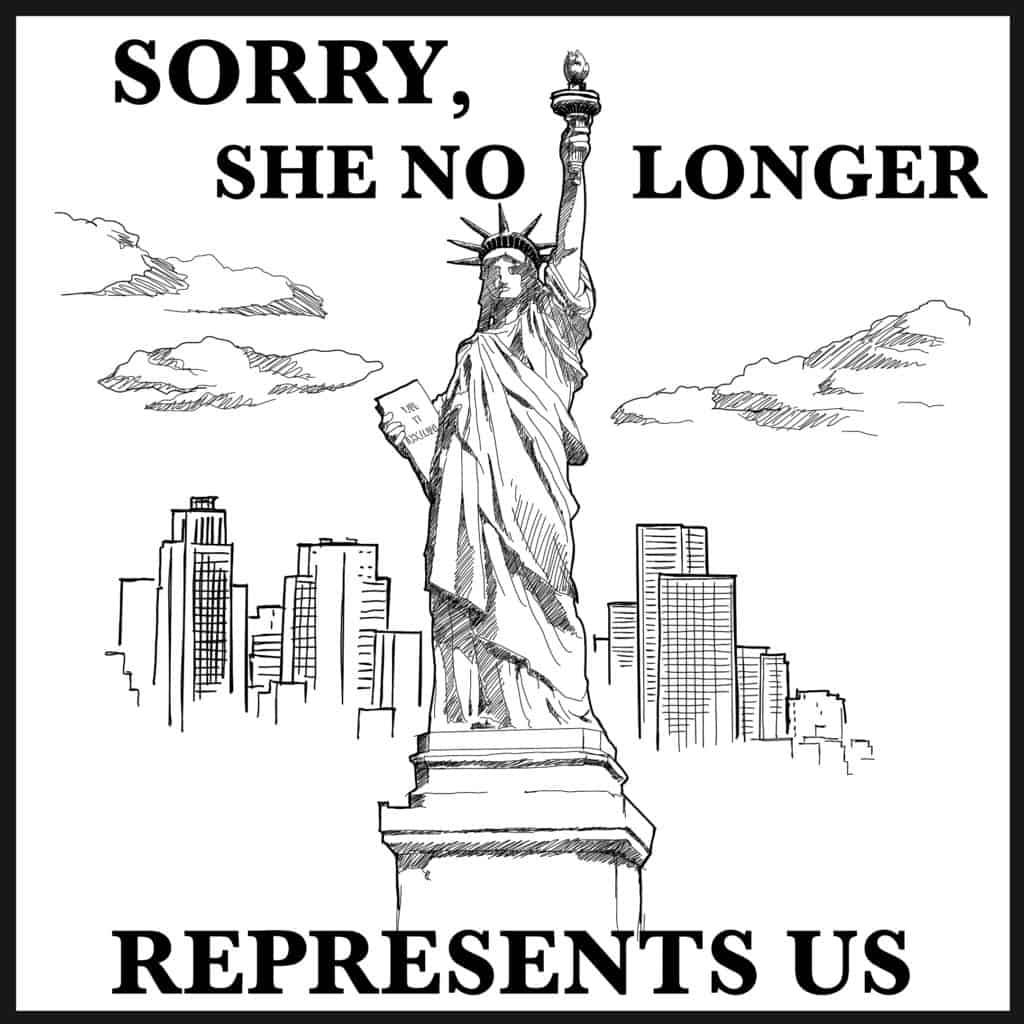
The Immigration Component
The United States may be a nice place to live, but you wouldn’t want to visit there, if you are an immigrant. Currently 53,000 immigrants sit in detention centers, apparently to let them think over the mistake they just made attempting to enter a place that at one time was famous for, well, every one else being an immigrant, too.
The world’s largest incarceration system would not be complete without also boasting the world’s largest immigration detention system. Like the mentally ill, immigrants serve the time without doing the crime; they are simply waiting for our government to decide their fate, sometimes for decades. Even legal immigrants must sit in these holding cells for over four weeks before being allowed through our pearly gates.
It is important to note that 40 years ago, no immigration detention facilities existed. It took the incarceration mindset of that time period (1980), coupled with the problem of unwanted Haitian refugees flooding our borders, to fashion this new era of immigration policy: Detention as Deterrence. With the explosion of ‘demand’ for prison cells (for refugees and criminals), and the government’s willingness to ‘supply’ the private sector with customers – those desperate people attempting to flee “gang violence, domestic abuse and poverty” – the lucrative taxpayer-driven private prison business model was established.
The American economy should not include locking people in cages for profit.
ACLU
The Private Prison Component
Private Prison Pros and (their increase of) Cons
Prior to 1980, private prisons did not exist in the United States. In 1984, the Corrections Corporation of America made the prison scene. The world’s first private prison company, it cut its teeth detaining immigrants in a remodeled motel in Houston. The GEO Group, the next prison corporation looking for a government handout, also cashed in on the federal need for immigration detention centers.
How do Private Prisons work?
In theory, the private prison business model calls for corporations to build their own prison infrastructure, then bid on prisoners, offering to take them from the public system for less than it would cost to keep them. In exchange, government had to make sure private prisons were kept full, in order to maintain their profit margin. Deals were structured such that if government didn’t deliver its ‘quota’ of inmates, it would have to pay the full negotiated price anyway. This incentivized both government and these private corporations to create enough ‘product’ (in the form of prisoners) to make it financially worthwhile.
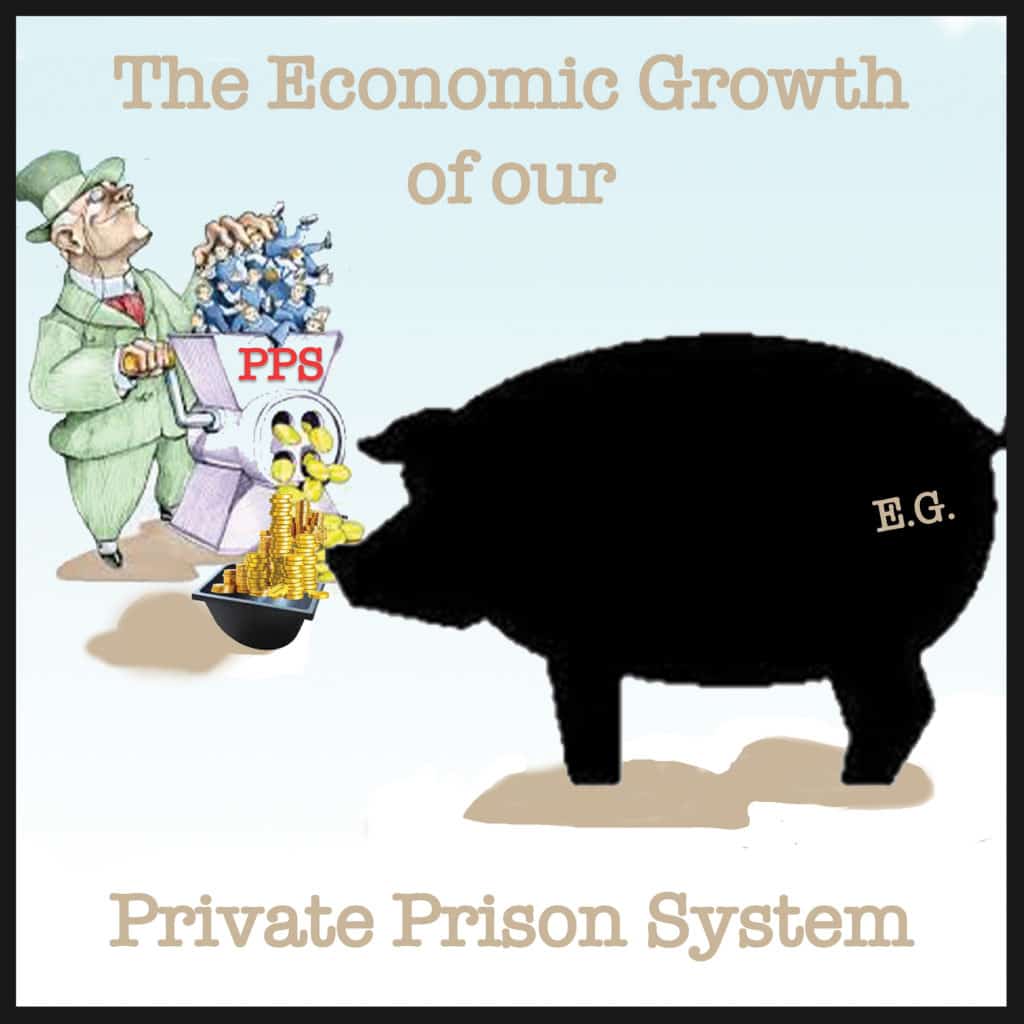
The (Economic) Growth of Private Prisons and The Rise of Prison ‘Stock’
The Corrections Corporation of America (now CoreCivic), along with the GEO Group, are two of the largest players in the for-profit prison industry. By going ‘public’, these corporations were allowed to lobby government to further ‘un-level’ the playing field in pursuit of profit. Through the American Legislative Exchange Council (ALEC), as well as other methods, these corporations pressured federal and state governments to impose prison-filling tactics like the Three-Strikes Laws, and “Truth in Sentencing”, which called for what many see as the main driver of mass incarceration: longer sentences for inmates.
When public prisons began to overflow (in the wake of the War on Drugs, Tough on Crime, Deinstitutionalization of the mentally ill, and tougher Immigration policies), Private Prison Companies were there, ready to make government an offer it could not refuse. This new dependency on private prisons, to handle public overflow, led to government no longer getting that ‘better deal’. Today, U.S. Jails house 20% of our 53,000 immigrant detainees, and Immigrations and Customs Enforcement (ICE) only has room to house another 10%. This leaves CoreCivic, the GEO Group, and others like them to handle the other 70%, at a cost of $3 Billion to the U.S. taxpayer.
For behaviors as benign as jaywalking or sitting on a sidewalk, an estimated 13 million misdemeanor charges sweep droves of Americans into the criminal justice system each year…People charged with misdemeanors are often not appointed counsel and are pressured to plead guilty and accept a probation sentence to avoid jail time. This means that innocent people routinely plead guilty, and are then burdened with the many collateral consequences that come with a criminal record, as well as the heightened risk of future incarceration for probation violations.
Prison Policy Initiative
Those Nagging “Lesser Offenses”
22,000 people with mental illnesses are involuntarily detained in psychiatric hospitals or ‘civil commitment centers’, though they have committed no crime. 8,300 juveniles are detained, and they have not committed any crime. 53,000 immigrants have also committed no crimes. 168,000 are behind bars for technical violations of their parole or probation, which leads to one in four people being re-incarcerated in state prison systems. 555,000 are locked in jails, simply awaiting trial. The median bail in the U.S. is around $10,000. Many of the people police tend to arrest cannot afford to make this bail; thus, they sit in a jail cell, while the system figures out what to do with them. Thirteen million people are charged with misdemeanors each year, which accounts for 25% of the nation’s jail population. The instability for all of these people economically does nothing to reduce our incarceration rate.
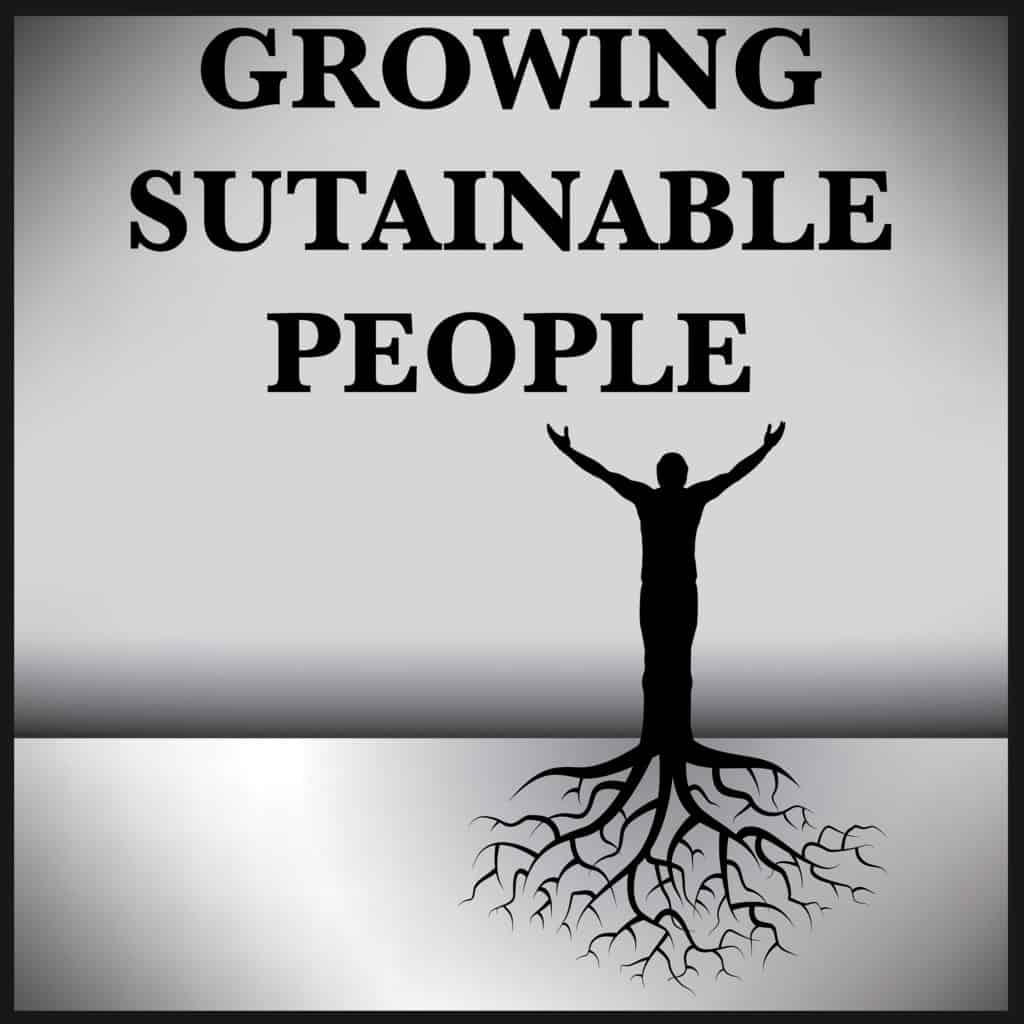
Who’s Behind Bars: Incarceration by the Numbers
- Drug Offenders: 427,100 (20% of prison population)
- Inmates Suffering Mental Health Issues: 230,000 – 350,000 (10%)
- Two Million people suffering mental illness are booked into jails each year
- 22,000 are Involuntarily committed to State Psychiatric Hospitals / Civil Commitment Centers
- Total Non-Violent Offenders: 718,200
- 403,600 incarcerated for issues of ‘property’ (fraud, burglary, theft)
- 314,600 incarcerated for issues of ‘public order’ (drunk driving, prostitution, sexual ‘deviancy’)
- Total Violent Offenders: 909,000 (robbery, assault, rape, manslaughter, murder [183,000])
- Immigrants currently Detained: 53,000
- Total detained in ‘Pre-trial Detention’ (mostly in local jails, too poor to make bail): 555,000
- Those re-incarcerated for technical violations of their probation or parole: 168,583
- Youth in confinement: 67,300 (federal, children, pre-trial, ICE)
- U.S. Death Row Inmates: 2,553 (17 were executed in 2020)
- Total number of homeless in U.S. – 552,830
What is the role of the federal government in ending mass incarceration? The federal prison system is just a small slice of the total pie, but the federal government can certainly use its financial and ideological power to incentivize and illuminate better paths forward.
Prison Policy Initiative
The Third Option Solution | Criminal Justice Reform
It is a slippery slope, attempting to climb up out of the hole wealth inequality has dug for many of our citizens. Those who internalize their suffering, as if they somehow deserve it, have the choice of either depression or addiction or poor health outcomes. If they ‘externalize’ this suffering, and physically act out, they invariably wind up in the prison system. Those who take the high road and peacefully protest the unfairness, are at best the object of patronizing ‘handouts’ from the top, that do nothing to solve this underlying unfairness; more often are ignored or even ridiculed by other groups at the bottom, who feel attention is being taken away from them, and their issues.
There are currently so many things wrong with society, we end up drowning each other out, trying to be heard on each important issue. Ironically, all issues emanate from the same source, and if we could frame the conversation in this way, we could all stand together, instead of separately, and become the change that all of us seek. Those at the top do not want consensus – unions, ‘class action’, coalitions – they wish to divide and conquer, in order to maintain the status quo. 2.3 million of us are currently locked in a cage, divided and conquered. Instead, shouldn’t they be 2.3 million red flags that something is not right? Or 2.3 million reasons to try a different approach?
The Third Option solution uses a holistic approach, because the pervasive nature of this problem demands it.
- Redefine rights as “reciprocal obligations”; they have never been natural, or naturally enforced. We must grant them to each other, in order to truly secure them.
- Make Healthcare a ‘right’, understanding that we must then take a more active role in securing our health, as part of this “reciprocal obligation”.
- Also make ‘rights’ out of each of our most essential needs, like housing, water/sewer, electricity, communication, agriculture, transportation, and education. Nothing would be given away for free, but per our ‘reciprocal obligations’, if we contribute to society, through employment, all these needs would be made easily ‘affordable.
- Expand Healthcare to include a large mental health component; expand this into education, with one ‘counselor’ working alongside each teacher in smaller-sized classrooms. Then expand education itself, from pre- and postnatal care, to childcare and two years of Pre-k. The last two years of high school would be for securing an Associate Degree that leads to employment in an essential needs category within the Community. Adults wishing to learn a new trade may also attend these classes.
- Redesign each Community (of 100,000 citizens) with Behavioral Care offices (meant for every one), located next to temporary housing (for those between jobs). Affordable housing will also be built within every Community, available to those who are working (‘reciprocal obligations’).
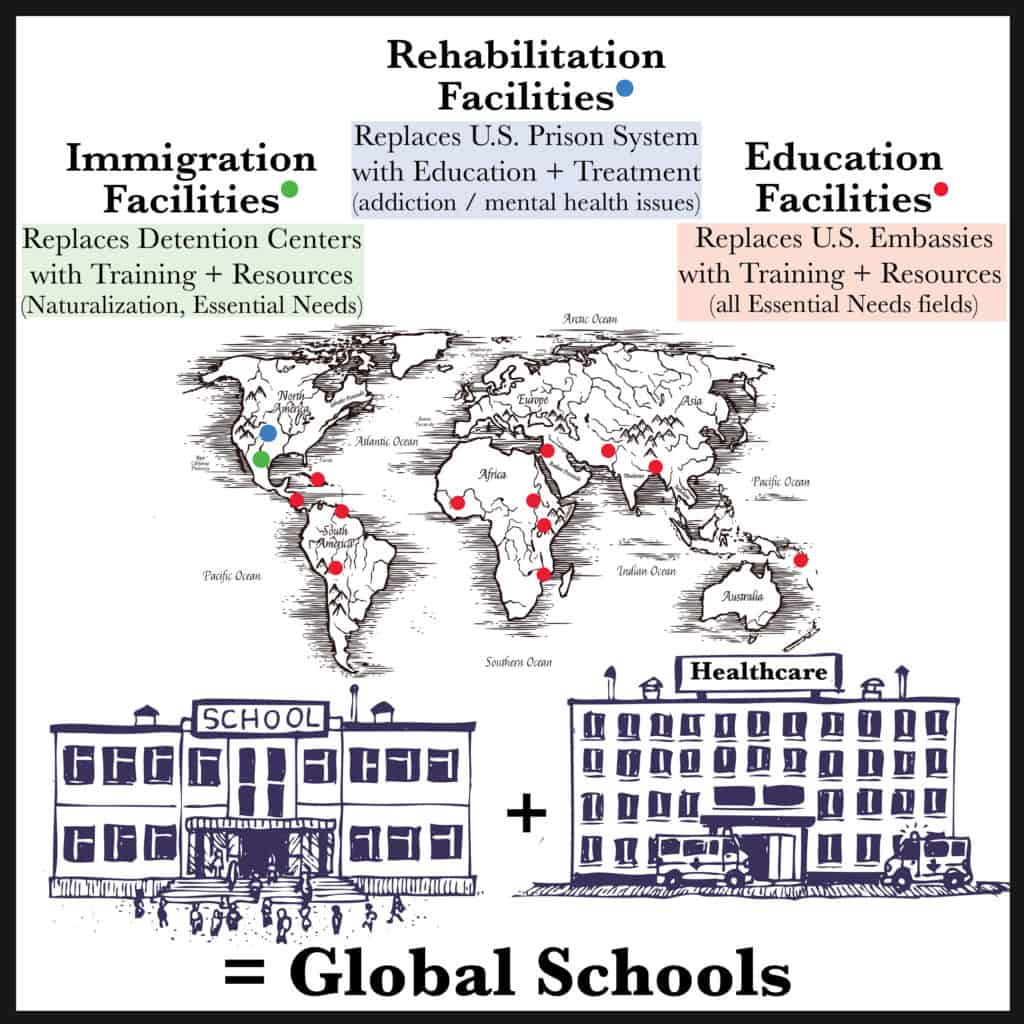
- Outside the Communities, large ‘Global Schools’ would be built. They are a combination of school and healthcare facility, and would serve many purposes.
- Global Schools would house all non-violent offenders, who would be sentenced to two years of education (an associate degree in an essential needs field), meanwhile getting intensive mental health and addiction treatment, if necessary; next they would be offered a job in a Community, with temporary housing at first, transitioning into affordable housing, if everything goes as planned.
- Global Schools would be placed along the U.S. border, to serve as Immigration Facilities, so that immigrants could be educated (language, customs, associate degree) prior to entry as ‘naturalized’ citizens. Their path would lead from this two-year education to a mandatory one-year ‘internship’, where they would travel to another Global School, built in a ‘bottom billion’ country, and help educate and train others in these universal needs.
- Violent offenders would get this same chance, and hopefully would be able to make a successful transition. Here, their road may also be longer, depending on the political climate.
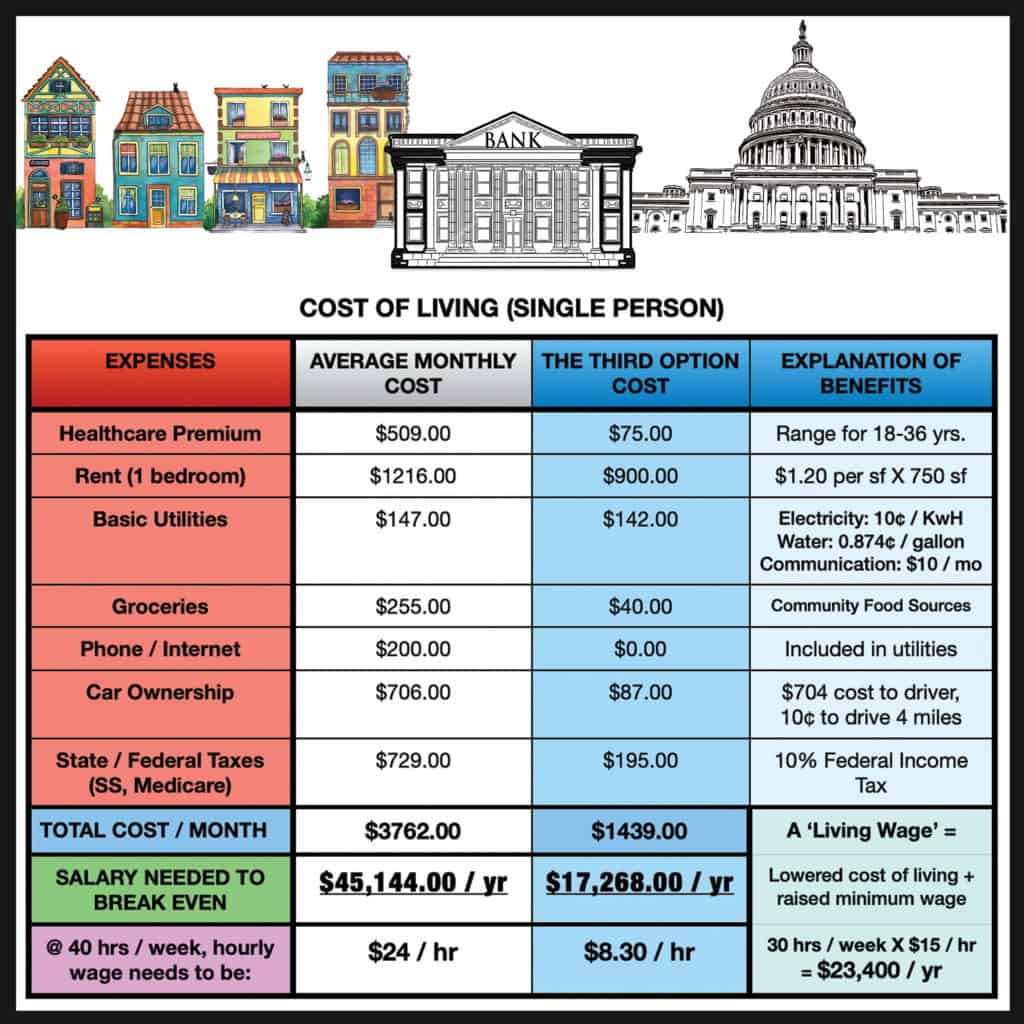
- To affect the health of every citizen in a positive way, we would lower the work week to 30 hours. With the advent of A.I. and robotics, etc., the work week could eventually be lowered to 20 hours. The minimum wage would be adjusted, first to $15 / hour, then to $22.50 (when the 20 hour work week gets introduced). This would create a ‘living wage’ for everyone, because the monthly cost of living would have been reduced significantly. (Of course, people could work as much as they wish; the goal is simply to make a $450 a week paycheck cover the cost of living, turning all jobs into ‘good jobs’).
The solution to all our suffering is not complicated. Holistic Healthcare, Education, a job with a Living Wage, Affordable Basic Needs, and Community that is connected to the idea that when each person succeeds, the entire Community succeeds. For more on this Third Option solution, continue to browse any article on this site.
Frequently Asked Questions
FAQs
The United States of America has the highest incarceration rate in the world, holding 25% of all the people currently imprisoned on the planet.
As of May, 2020, the U.S. incarceration rate holds at 655 inmates per 100,000 U.S. population, according to the OECD. This is a drop from 716 per 100,000 in 2013. El Salvador is in second place, with 590 prisoners per 100,000 population.
The number of Americans in U.S. prisons remains at 2.27 million, when the totals include all citizens detained in jails (pre-trial), the youth and immigrants being held, and those involuntarily held in ‘commitment centers’ for a mental health issue. Fun fact: no one in the groups just mentioned has actually been charged with a crime.
When including prisons, jails, immigration detention, and juvenile justice facilities, Oklahoma surges ahead of former number-one-ranked Louisiana, with 1,079 inmates per 100,000 population. Louisiana currently at 1,052 inmates per 100,000, held the top spot for many years, which earned it the title of “Prison Capital of the World”. Texas still has the highest total prison population, at 157,584. California is close behind with 129,920 citizens currently behind bars.
The main driver of incarceration is the increased likelihood that an arrest will lead to incarceration:
‘Lesser offenses’ began receiving prison time
‘Time served’ was significantly increased (5-20 years) for violent or repeat offenders, decreasing turnover
The ‘War on Drugs’ brought a 20% increase in prisoners
Deinstitutionalization, or the release of nearly 500,000 mental patients into the general population from 1955-1994, unwittingly left the prison system in charge of mental healthcare.
With the imprisonment of over 750,000 parents in the American criminal justice system, the stigma of incarceration creates a ripple effect that not only extends out into communities, but is passed from parent to child, generation to generation. In this way, incarceration only succeeds in helping maintain the cycle of incarceration, rather than disrupting it in any way. The burden of caring for these one million parentless children falls to the state, through the school systems, foster care, adoption agencies, and other youth service organizations, forcing big government to swell even further, through the consumption of taxpayer dollars.
In theory, the private prison business model calls for corporations to build their own prison infrastructure, then bid on prisoners, offering to take them from the public system for less than it would cost to keep them. In exchange, government had to make sure private prisons were kept full, in order to maintain their profit margin. Deals were structured such that if government didn’t deliver its ‘quota’ of inmates, it would have to pay the full negotiated price anyway. This incentivized both government and these private corporations to create enough ‘product’ (in the form of prisoners) to make it financially worthwhile.
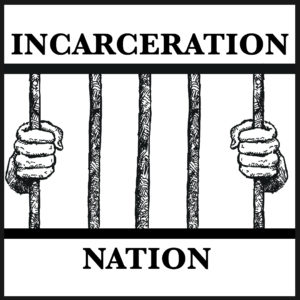
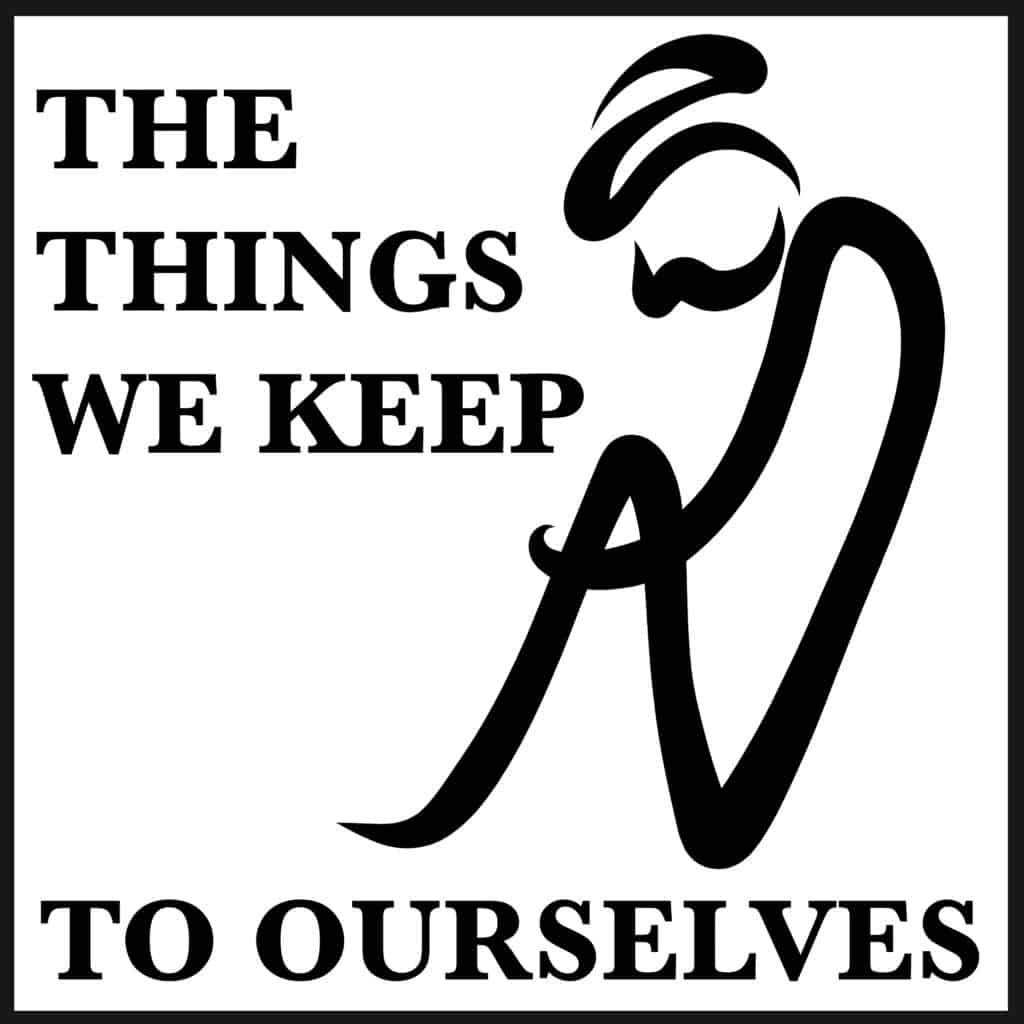
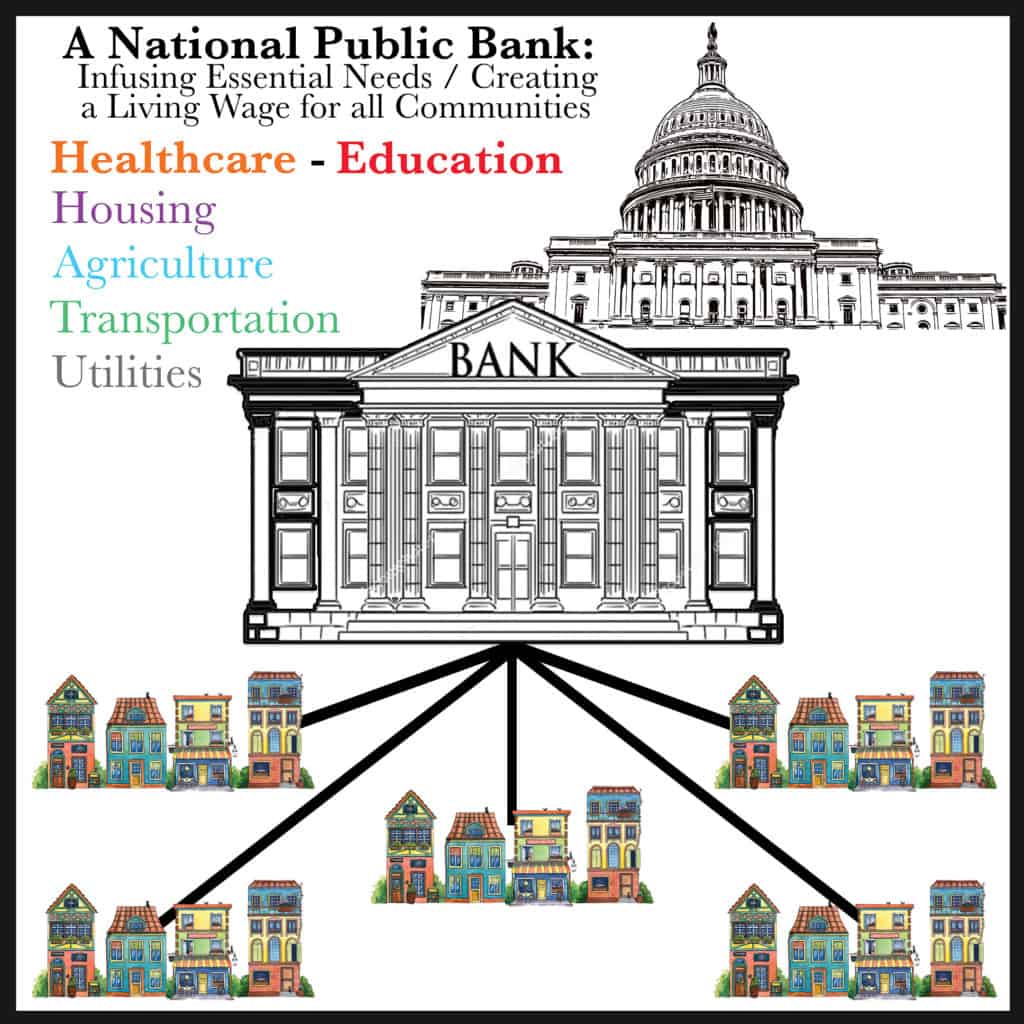
 It’s Time to Replace American Healthcare
It’s Time to Replace American Healthcare